It sounds like the plot of a weird sci-fi film: whales taking us to court for wrecking the oceans.
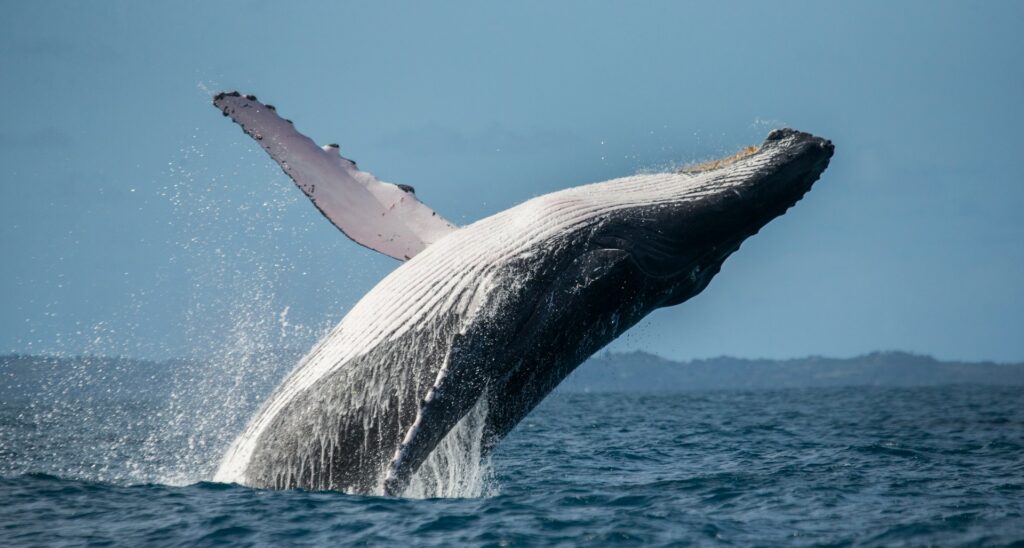
However, the more we learn about how whales communicate, the less far-fetched that idea starts to seem. Researchers are now using AI and advanced sound analysis to decode the complex vocalisations of sperm whales—and the results are challenging everything we thought we knew about animal intelligence. These aren’t just clicks and whistles—this might actually be a language. Here’s what scientists are discovering, and why it could change our place in the pecking order.
1. Whales use a click-based system that behaves like an actual alphabet.

For instance, sperm whales don’t just make random noises—they use specific sequences of clicks, called “codas,” to communicate. These clicks have patterns and structures that resemble an alphabet or code system, much like human language. It’s more than noise—it’s information. Researchers believe different combinations of clicks could carry different meanings, similar to how words are formed from letters. Yes, it’s impressive, but it’s also unnervingly close to what we’d call actual speech.
2. They speak in dialects unique to different clans.

Just like humans have regional accents and dialects, different groups of sperm whales have distinct coda patterns. While previously assumed to be random quirks, they’re actually part of group identity, and whales seem to recognise and respond differently based on these sounds. That kind of group-specific language suggests a social complexity far deeper than previously assumed. They’re doing more than talking. They’re belonging.
3. Conversations last for hours, and may follow rules.
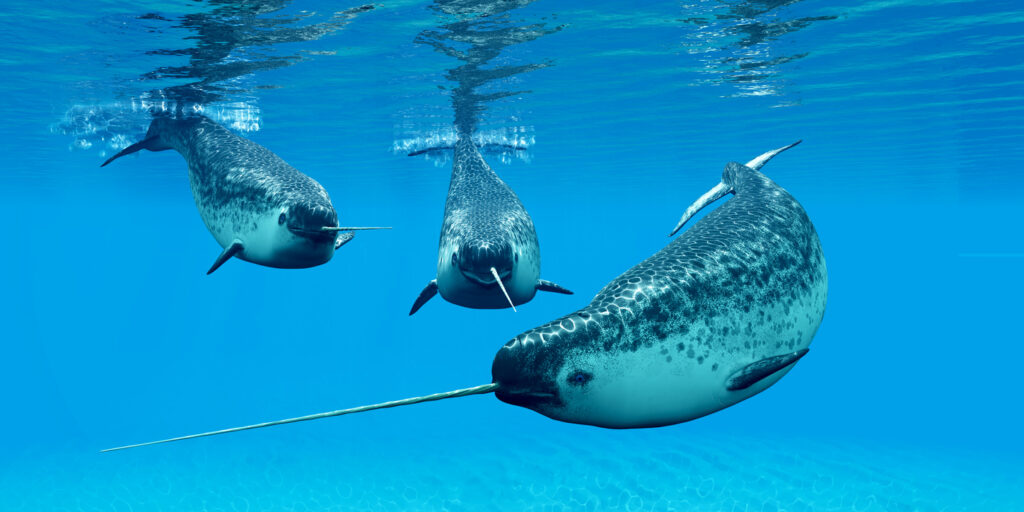
In some recordings, whales go back and forth for extended periods, exchanging codas that seem to follow rhythm and repetition patterns. This suggests structure, timing, and possibly even turn-taking—hallmarks of real conversation. It’s not clear yet what they’re saying, but the consistency suggests it’s not random. They’re following an internal logic. They might be having discussions, debates, or just casual chats across miles of open sea.
4. AI is helping decode their language faster than ever.
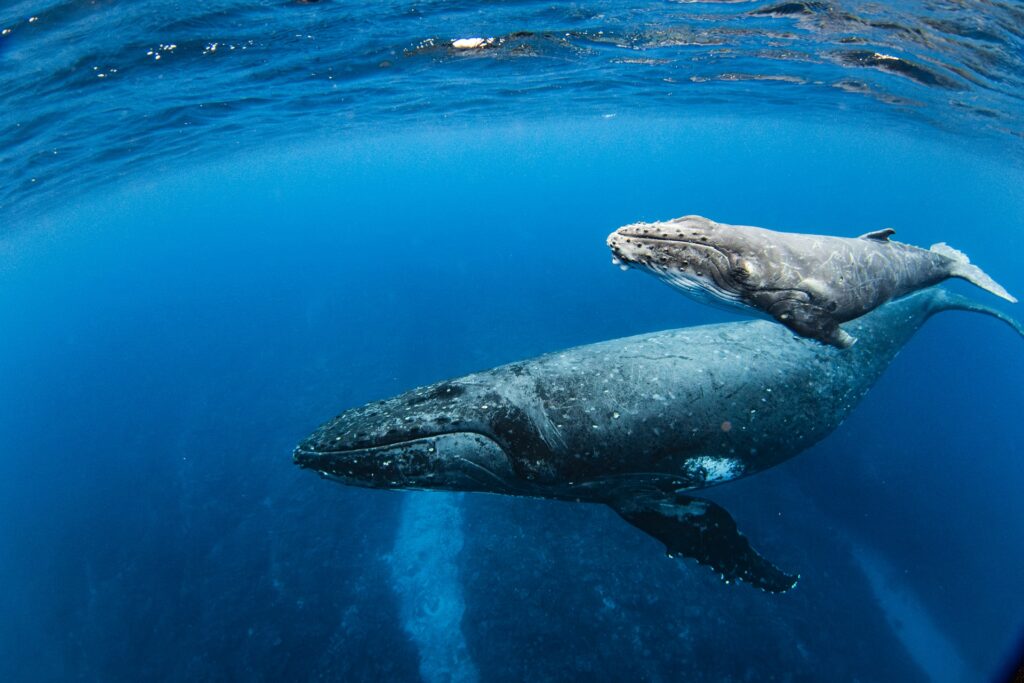
Project CETI (Cetacean Translation Initiative) is combining artificial intelligence, machine learning, and robotics to analyse thousands of hours of sperm whale sounds. The goal isn’t just to interpret the clicks—it’s to understand the language, from vocabulary to grammar. By comparing vocal patterns with specific behaviours, the team hopes to crack the code in a way we’ve never managed before. It’s part science, part detective work, and entirely groundbreaking.
5. Some whales may even name each other
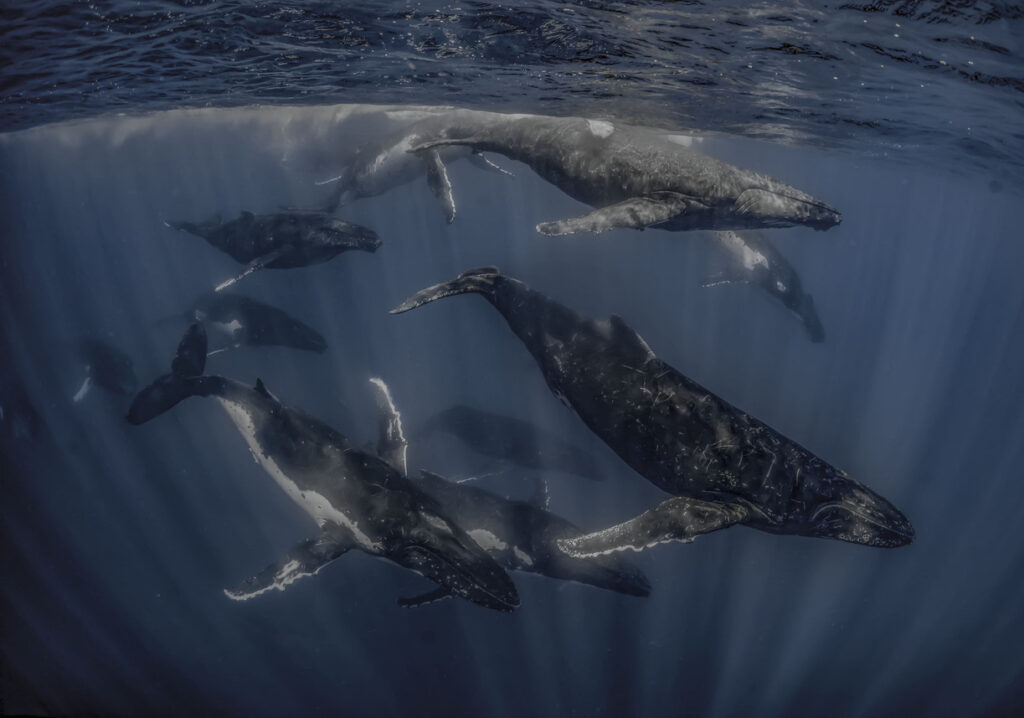
There’s evidence that certain codas are used repeatedly in specific social contexts—almost like names. Whales may have individual sound tags, used by others to address or call them specifically. That’s a whole other level of communication. Naming is deeply tied to self-awareness and identity—and if whales are doing that, we’re dealing with minds far more advanced than we’ve credited.
6. Whale societies pass knowledge down generations.

Whales don’t just communicate—they teach. Calves learn vocal patterns and behaviours from their mothers and clan members. This transmission of culture includes foraging techniques, migration routes, and possibly even parts of their vocal code. That kind of cultural continuity is rare in the animal world. It points to an intergenerational intelligence that doesn’t rely purely on instinct, but on shared learning and memory.
7. We’ve only scratched the surface of what they know.
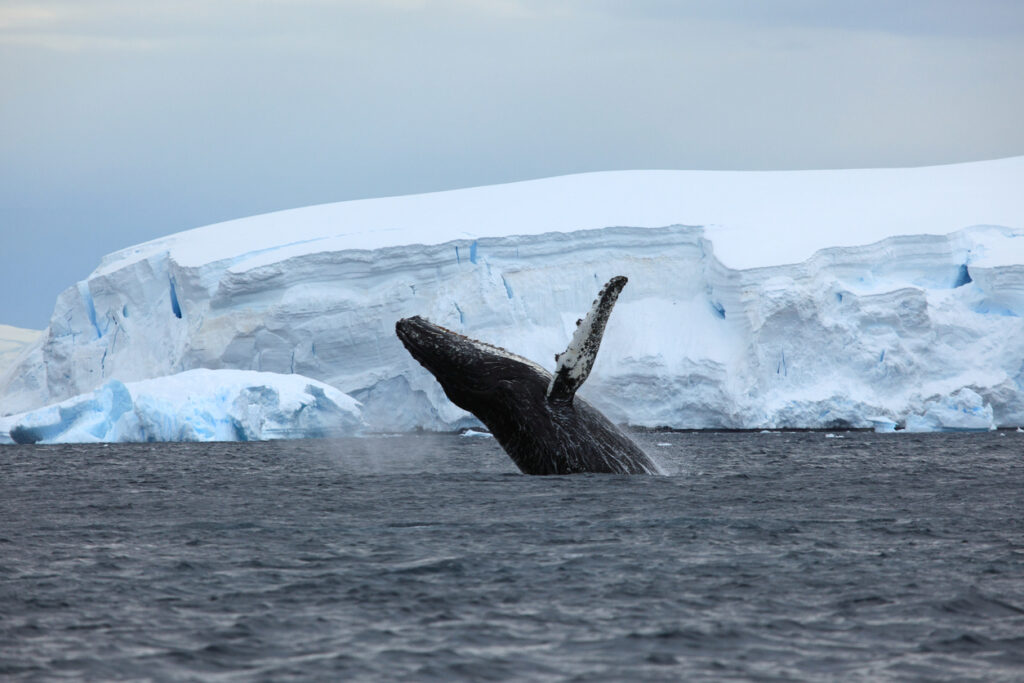
Our understanding of whale communication is still in its infancy. Most research so far has focused on surface-level patterns. But whales live in a three-dimensional world of sound, where they can communicate over hundreds of miles using low-frequency rumbles. In that underwater world, sound carries more weight than sight. It’s likely we’ve missed entire layers of meaning, tone, and nuance just because we don’t live in their world long enough to notice.
8. They likely discuss more than just survival.
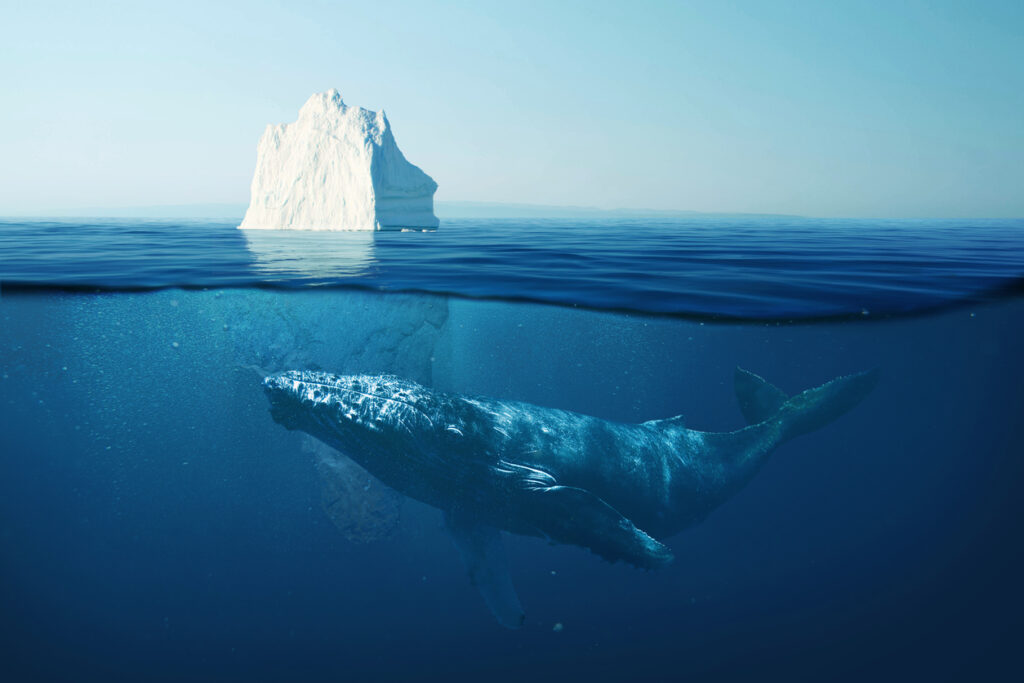
For a long time, scientists assumed animal communication was mostly about food, threats, and reproduction. But sperm whales engage in long, seemingly unhurried exchanges that don’t appear linked to any immediate need. That opens the door to the idea that they might share information, check in with each other, or even have rituals and social bonding moments—all through click-based language.
9. Their social networks are surprisingly human-like.
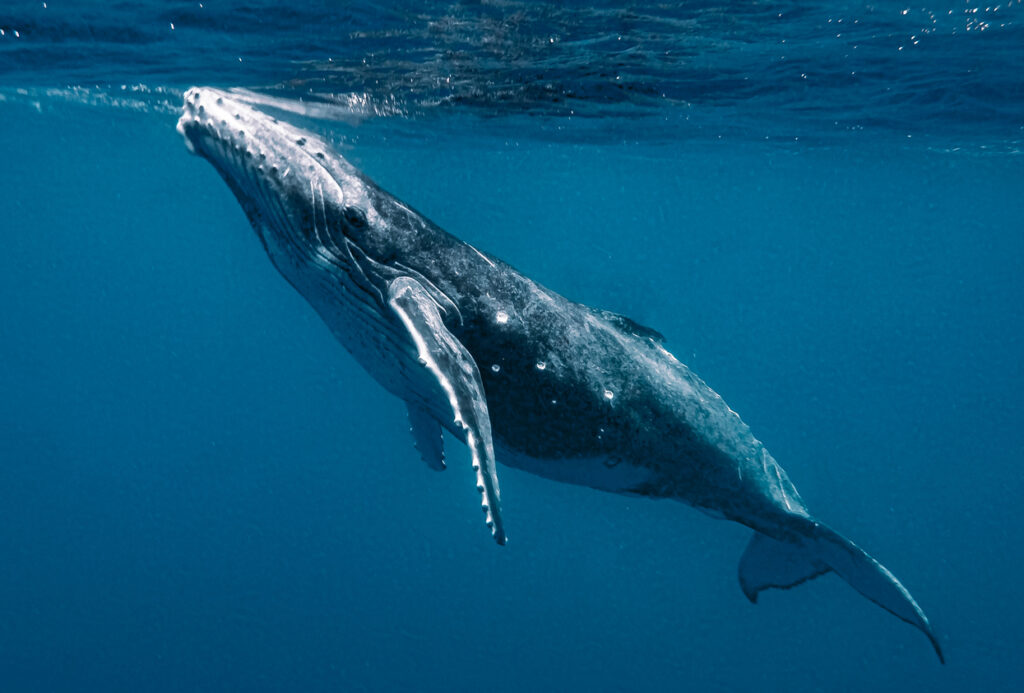
Sperm whales form long-lasting social bonds, live in matriarchal family units, and maintain connections over decades. They care for each other’s young, work together to protect the group, and mourn when one of their own dies. This depth of social organisation is usually reserved for primates and elephants. Pair that with complex vocalisation, and you’ve got a species operating on a social level not unlike ours.
10. If we understand them, they might understand us.
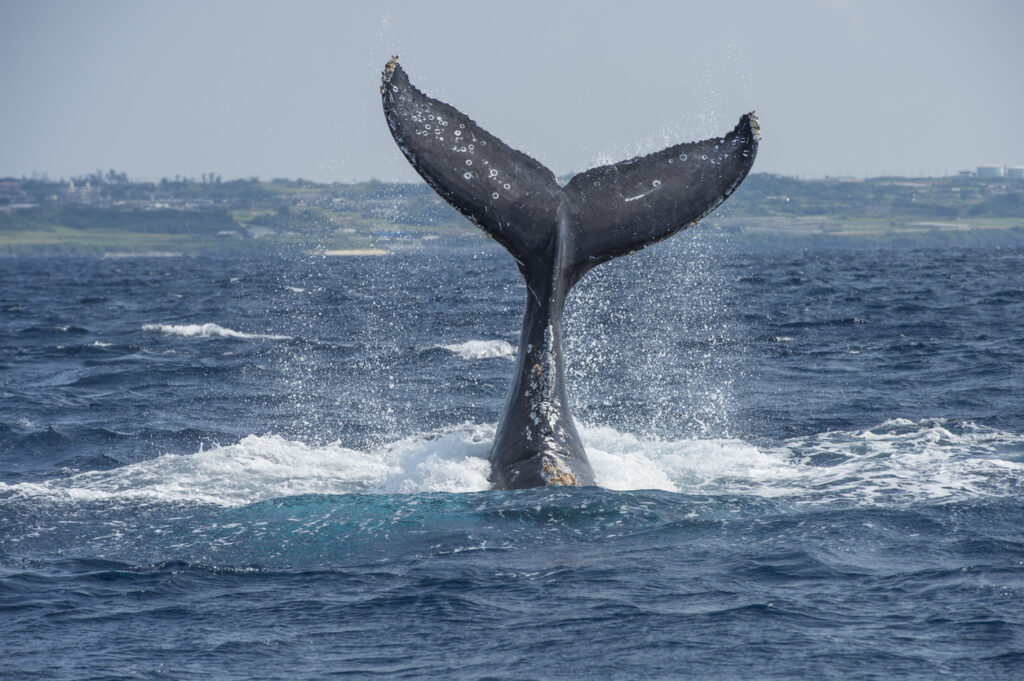
Once language becomes a two-way street, everything changes. If we manage to learn their patterns, and they can associate our actions or sounds with meaning, it could become possible to communicate more directly. That’s where the joke about them suing us becomes less of a punchline. If they understand harm, injustice, or loss—and can make that known—things get ethically complicated fast.
11. Legal frameworks are starting to ask questions.
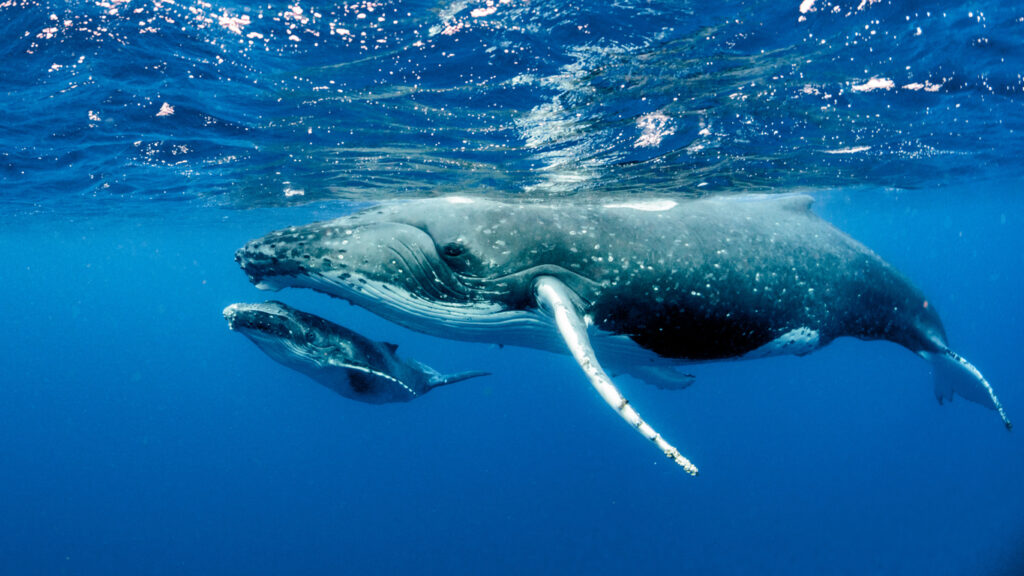
There’s a growing movement to extend legal “personhood” to highly intelligent species like whales, elephants, and great apes. It’s not about giving them passports—it’s about recognising their rights to live free from exploitation or harm. If a species can show communication, culture, self-awareness, and suffering, many argue they deserve protection that goes beyond conservation. We’re already on the edge of this debate. Language might tip it.
12. It might force us to rethink our place in nature.
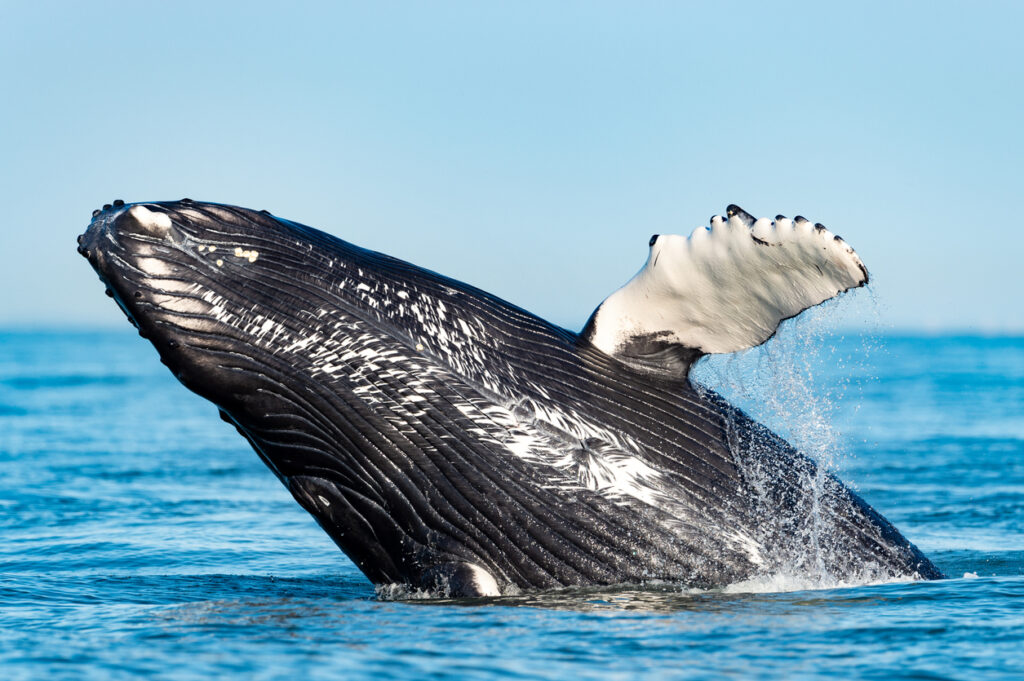
If whales have their own language, society, and emotional lives, they’re more than animals—they’re another intelligent species. That means we’re not alone in complexity, and we’re not automatically in charge just because we build skyscrapers and launch satellites. Understanding whale language isn’t just a scientific breakthrough—it’s a humility check. And if we truly listen, it could change the entire way we relate to life on Earth.